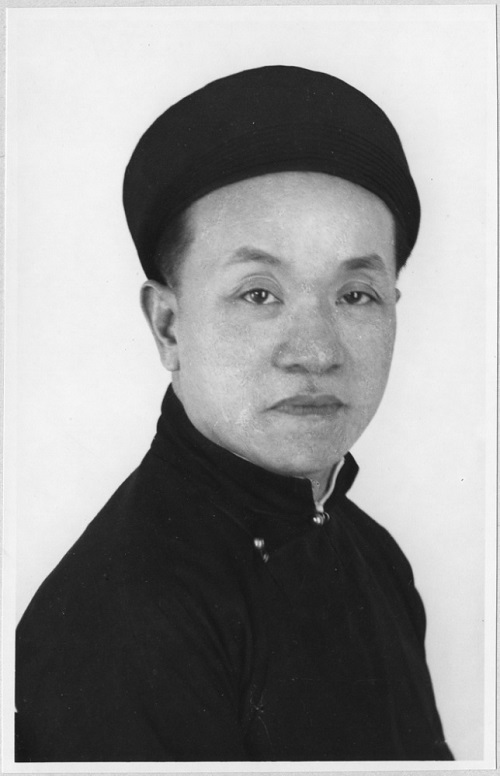
Portrait of Mr. Nguyen Van To.
Mr. Nguyen Van To, alias Ung Hoe, was born on June 5, 1889 in a patriotic Confucian family in Dong Thanh village, Tien Tuc commune, old Tho Xuong district, now Hang Bo street, Hoan Kiem district, Hanoi . He was not only well-versed in Chinese studies but also proficient in Western studies. After graduating from the Interpreter School, he worked at the French Institute of the Far East - a French cultural history research agency in Hanoi. Here, he became a famous scholar respected by the members of the Institute. His research works in the fields of history, literature, language, and archaeology have created a great resonance, the content of the works shows a passionate patriotism.
In 1938, the National Language Propagation Association was established to contribute to the fight against the colonial government's policy of keeping people ignorant. Mr. Nguyen Van To was elected as the President. Thanks to his prestige among intellectuals and his ingenuity in organizing activities, the National Language Propagation movement spread widely and effectively. After only 6 years of operation, in the North alone, 20 branches were established, eliminating illiteracy for more than 50,000 people.
The August Revolution was successful. He was invited by President Ho Chi Minh to participate in state affairs and took office as Minister of Social Relief in the Provisional Government of the Democratic Republic of Vietnam. In his new position, Mr. Nguyen Van To worked tirelessly to organize and mobilize people to actively participate in the movement to donate rice to relieve hunger.
On September 3, 1945, in the first meeting of the Government, President Ho Chi Minh clearly stated 6 urgent tasks that needed to be done immediately, in which the first issue was identified as famine relief. On September 28, 1945, in a letter to all compatriots published in the National Salvation Newspaper, President Ho Chi Minh made an appeal: “When we lift a bowl of rice to eat, thinking of the hungry and miserable, we cannot help but be moved. So, I suggest that the people of the whole country and I practice first: Every 10 days, fast 1 meal, every month, fast 3 meals. Bring that rice (1 bowl per meal) to save the poor”.
Responding to that call, on November 2, 1945, as Minister of Social Relief, Mr. Nguyen Van To decided to establish the Hunger Relief Association. The association was established simultaneously in Hanoi, Thuan Hoa, Saigon and had branches in provinces and villages with the aim of saving people from hunger and cold. The main method of operation was to find sources of food, money and fabric from benefactors; develop production, encourage farming and dyke maintenance; help people in reclaiming wasteland for production.
At the same time, Minister Nguyen Van To launched many fundraising campaigns to support the poor workers and organized many exhibitions on the theme of the "famine" in late 1944 and early 1945 caused by the French colonialists and Japanese fascists. Thanks to that, a massive famine relief movement was created across the country from villages, communes to production enterprises; making the bourgeoisie and landlords donate money and rice to relieve hunger. During the period of 2 months (September to November 1945), the Ministry of Social Relief collected 160 million VND in donations from the 3 regions and rice from the South to the North to be delivered to the Famine Relief Association.
At the same time, considering the Government's requirements and tasks of immediately implementing social relief measures, on December 31, 1945, Minister of Social Relief Nguyen Van To issued Decree 63 on the establishment of the Social Relief Association with the mission of: Helping and mobilizing people to support the hungry and ragged workers due to natural disasters and enemies; those who have completely lost their ability to work and have no place to rely on; helping and reforming those who are not used to working due to the old society such as: prostitutes, hooligans, drug addicts, destitute people... and creating conditions for them to live.
The decree required that each region of the North, Central and South must establish a local medical facility to be able to carry out relief work well when the local people's lives were in difficulty. The Famine Relief Committee was responsible for examining the people's living conditions during the famine to determine the method of relief. The Rice Committee was responsible for purchasing rice, overseeing transportation to set up rice warehouses. The Migration Committee conducted investigations and found jobs for victims, in coordination with the Ministry of Agriculture and the Ministry of Labor. The Charity Committee was responsible for supervising the organization of social relief associations and reviewing their income and expenditure. The People's Livelihood Committee was responsible for propagating and disseminating regulations during the relief process.
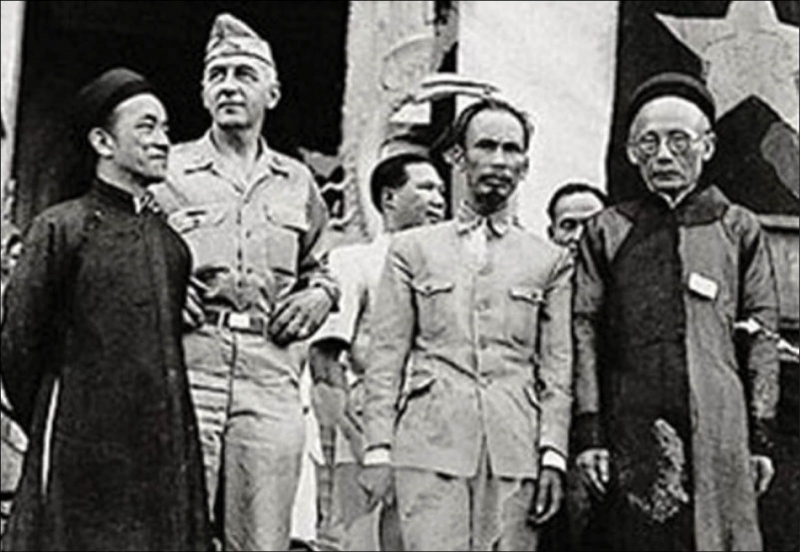
President Ho Chi Minh and Nguyen Van To (far left) at the famine relief rally held in front of the Hanoi Opera House in 1945.
On November 28, 1945, President Ho Chi Minh signed Decree No. 67 establishing the Government's Supreme Committee for Relief and Relief with the task: "Considering the current economic situation and the need to prevent famine from recurring in the North and some provinces in the Central region, we hereby appoint a Supreme Committee for Relief and Relief, consisting of the Ministers of Economy, Agriculture, and Relief. The Committee has full authority to act to study and implement necessary measures to increase production to provide relief and relief to the people throughout Vietnam."
Implementing the Decree of President Ho Chi Minh, on November 15, 1945, Minister Nguyen Van To presided over and coordinated with the Ministry of National Economy to sign Decree No. 41-BKT to propose measures to encourage the use of land resources for growing crops to relieve famine and coordinate with the Ministry of Agriculture to organize more collective establishments, use public land resources to increase production, and grow vegetables wherever there was vacant land... Therefore, the result of crop production increased 4 times compared to the French colonial period, in 6 months (November 1945 to May 1946) it reached 614,000 tons, equivalent to 506,000 tons of rice, and the famine was defeated.
Not only making a great contribution to solving the famine, Minister Nguyen Van To, together with members of the Government, gradually carried out the task of eliminating "illiteracy". Minister Nguyen Van To advocated close and effective cooperation between the state's educational agencies and national salvation organizations to improve the knowledge of millions of people, such as: coordinating with the Popular Education Department to quickly train specialized cadres and send them to localities to build bases. In a short time, the Ministry of Social Relief and the Popular Education Department organized 3 training courses to train popular education cadres at the provincial level, named "Ho Chi Minh course", "Phan Thanh" and "Solidarity". After participating in the training, the trainees dispersed to localities across the country to actively propagate and mobilize and directly teach literacy to millions of people. Thanks to that, the rate of illiterate people decreased, people's knowledge was raised, millions of people participated in learning and learning became the obligation and right of every citizen.
The Provisional Government of the Democratic Republic of Vietnam was established. The promulgation of the Constitution and the establishment of an official Government were urgent and of the utmost importance to consolidate and strengthen the government with the people. On January 6, 1946, the General Election was held, and 333 representatives were elected nationwide. Mr. Nguyen Van To was elected by Nam Dinh voters and became a representative of the 1st National Assembly.

Handwritten letter of Mr. Nguyen Van To sent to President Ho Chi Minh on January 6, 1947 reporting on the work done during the propaganda trip to mobilize people in Hoai Duc, Ha Dong (January 2-5, 1947).
On March 2, 1946, at the first session of the first National Assembly, the delegates unanimously elected Mr. Nguyen Van To as Head of the National Assembly Standing Committee (Chairman of the National Assembly today). In this position (from March 2 to November 9, 1946), Mr. Nguyen Van To made great contributions to the Vietnamese nation and revolution, contributing to the consolidation of the revolutionary government, building domestic and foreign policies, and bringing the country out of the "precarious" situation. The National Assembly Standing Committee under the direction of Head Nguyen Van To always joined the Government in solving the country's difficulties, spoke out against and denounced the unfaithful acts of French colonialism before world public opinion and called on the people to unite closely to be ready to cope.
On December 19, 1946, the nationwide resistance war broke out. He and other members of the Government left Hanoi to the Viet Bac resistance base to continue leading the people's resistance. On October 7, 1947, the French colonialists conducted an air raid, landing in Bac Kan town with the hope of destroying the headquarters of the resistance war. Mr. Nguyen Van To fell into the hands of the enemy, was brutally tortured and murdered by them while the revolutionary cause was still unfinished.
Up to now, 76 years after the death of Minister Nguyen Van To, under the leadership of the Party and State, people have increasingly had a prosperous and happy life, but the social policies of Mr. Nguyen Van To have foundational value for today's social security policies.
Source link



![[Photo] Closing of the 1st Congress of Party Delegates of Central Party Agencies](https://vphoto.vietnam.vn/thumb/1200x675/vietnam/resource/IMAGE/2025/9/24/b419f67738854f85bad6dbefa40f3040)

















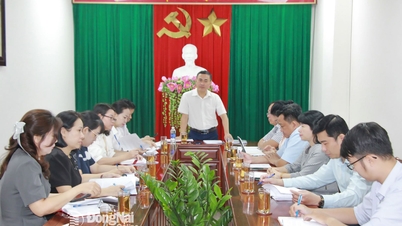






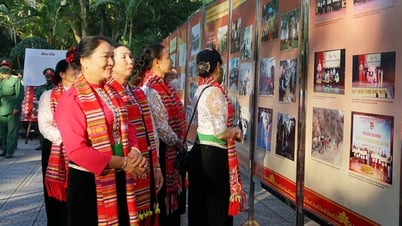
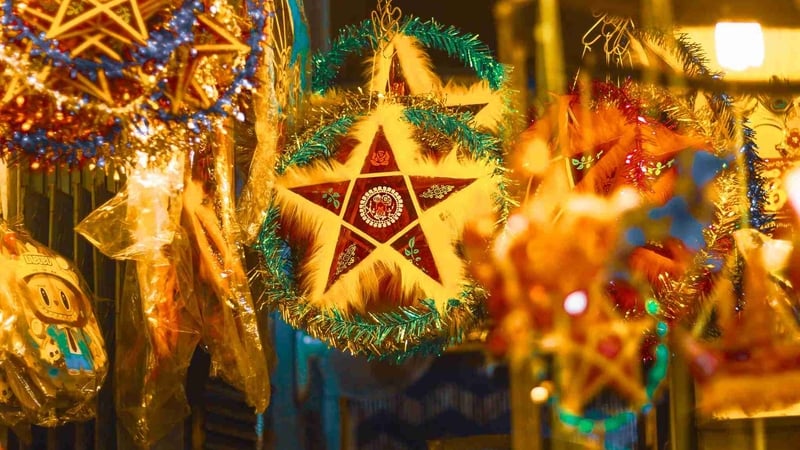




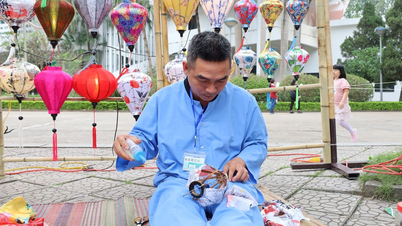
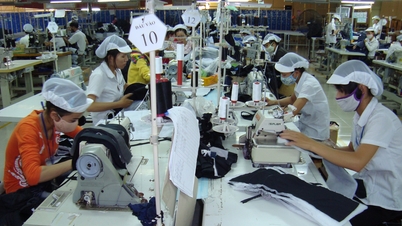

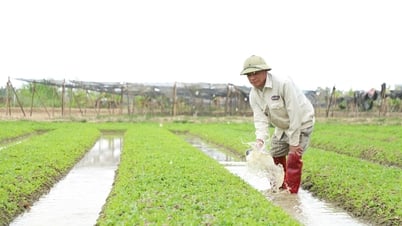
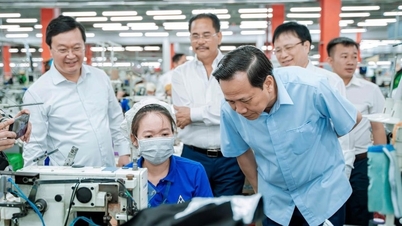
![[Photo] Editor-in-Chief of Nhan Dan Newspaper Le Quoc Minh received the working delegation of Pasaxon Newspaper](https://vphoto.vietnam.vn/thumb/1200x675/vietnam/resource/IMAGE/2025/9/23/da79369d8d2849318c3fe8e792f4ce16)
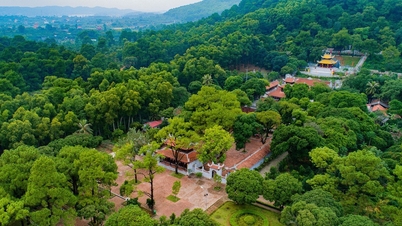

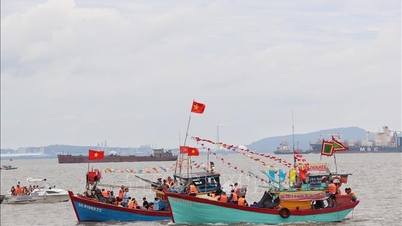



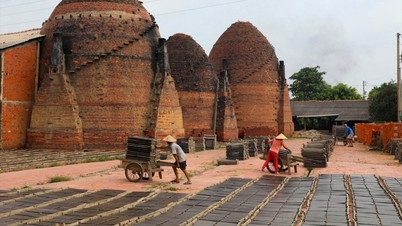





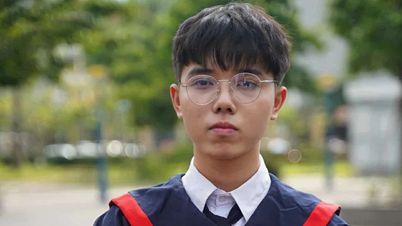
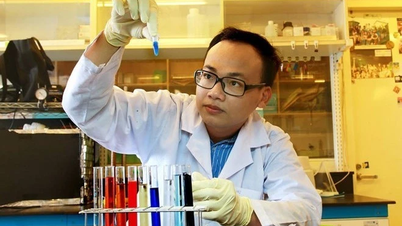



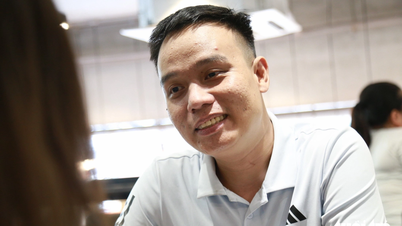





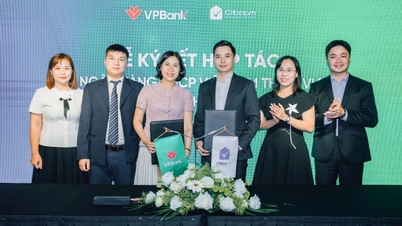







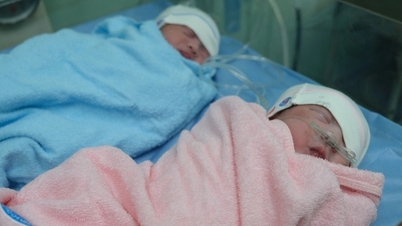

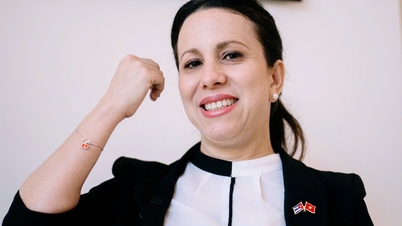


![[Photo] Solemn opening of the 1st Congress of Party Delegates of Central Party Agencies](https://vphoto.vietnam.vn/thumb/402x226/vietnam/resource/IMAGE/2025/9/24/82a89e250d4d43cbb6fcb312f21c5dd4)



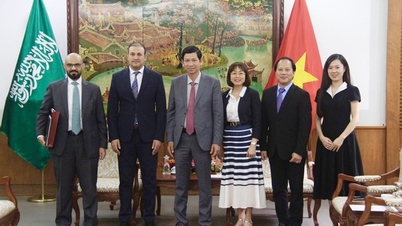



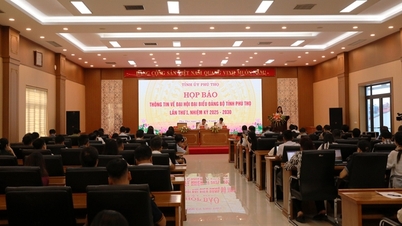
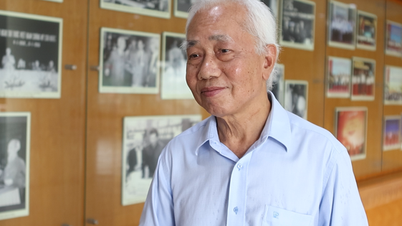
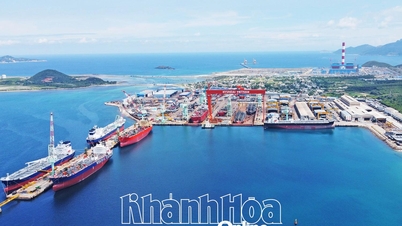


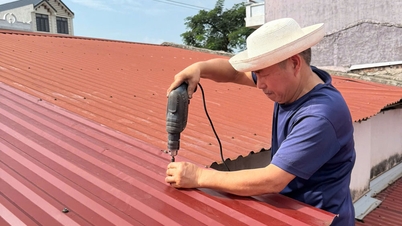

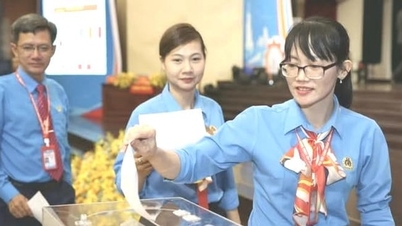

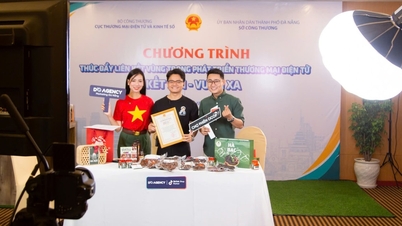


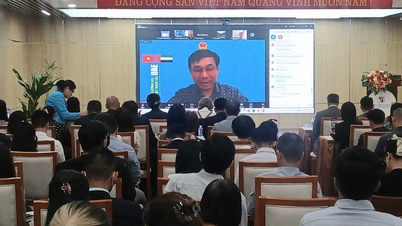



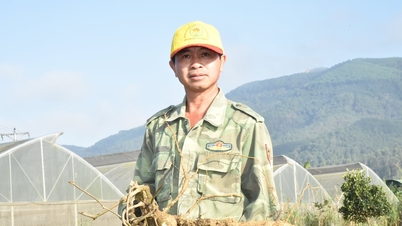





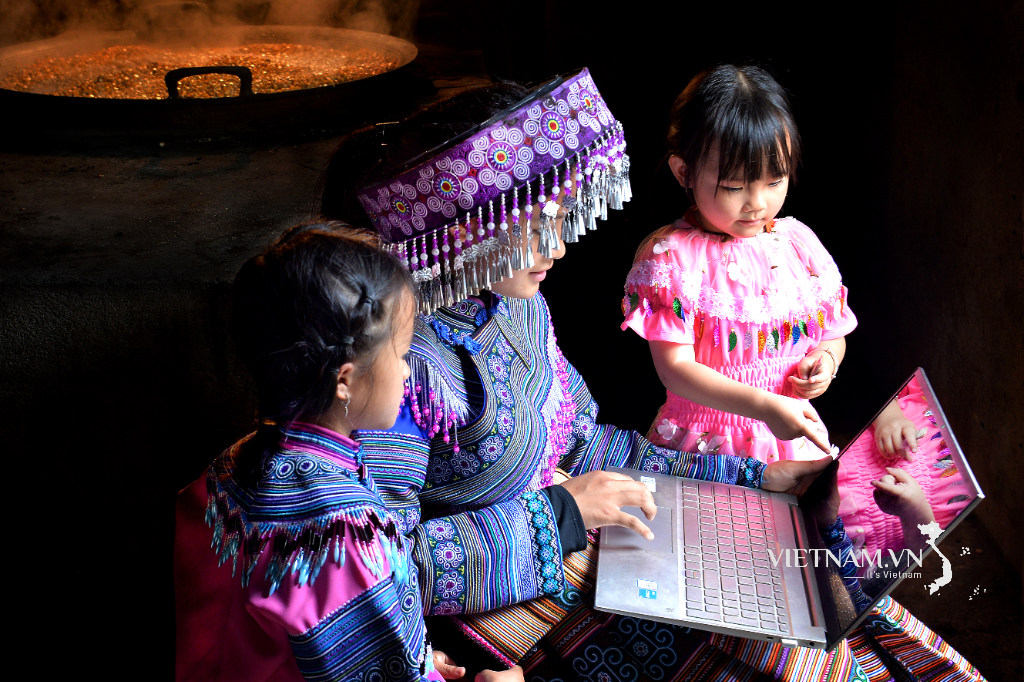

Comment (0)